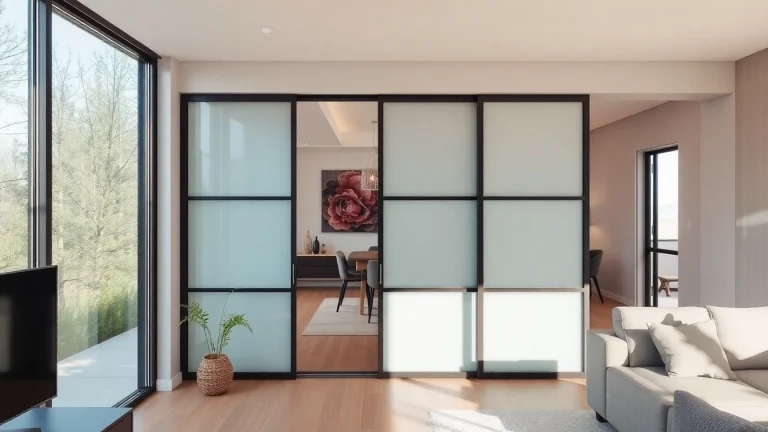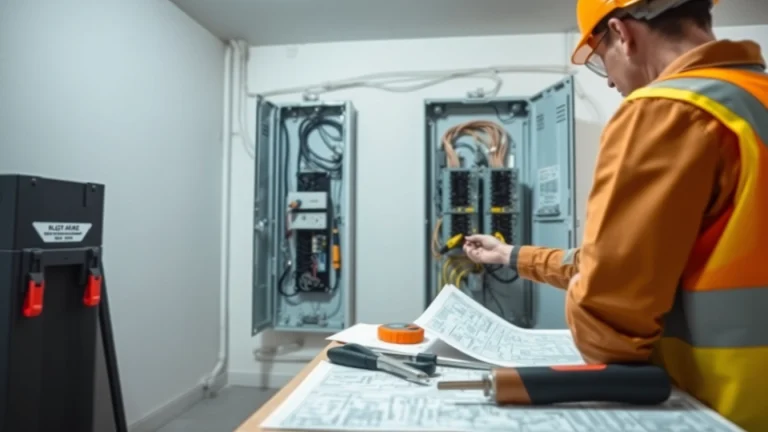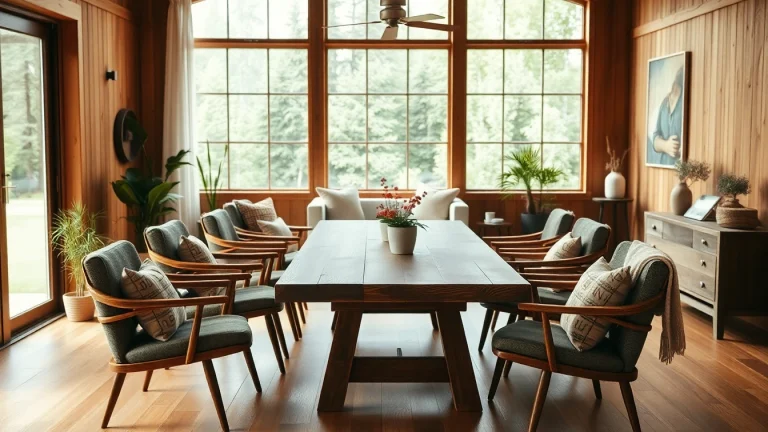
Enhance Your Space: The Benefits of a Sliding Partition Wall for Modern Interiors
Understanding Sliding Partition Walls
Sliding partition walls are versatile architectural features that enable homeowners and businesses to create flexible spaces tailored to their needs. These innovative wall systems allow for the seamless division of a room without the need for permanent structures, making them an ideal choice for both residential and commercial applications. By offering the possibility to open or close off spaces as needed, sliding partition walls have gained popularity in modern design.
What is a Sliding Partition Wall?
A sliding partition wall is a movable wall system designed to separate areas within a larger space. Unlike traditional fixed walls, sliding partitions can be opened and closed, providing the flexibility to adapt a space according to specific activities or occasions. Made from various materials, these walls can feature different designs, ranging from sleek and modern to more rustic styles, catering to diverse aesthetic preferences.
Key Benefits of Sliding Partition Walls
There are several key benefits to using sliding partition walls, including:
- Space Optimization: They enable better utilization of space, allowing users to transform a large area into multiple smaller areas as needed.
- Flexibility: They offer adaptable solutions for changing needs, be it for social gatherings, meetings, or daily tasks.
- Cost-Effectiveness: In many cases, installing sliding walls can be a more affordable option than constructing traditional walls.
- Enhanced Acoustics: Many sliding walls are designed with soundproofing properties, aiding in the creation of quieter spaces.
- Design Versatility: Available in various styles and materials, they can be customized to match existing décor.
Common Applications in Residential and Commercial Spaces
Sliding partition walls can be found in a myriad of settings:
- Residential Homes: They are popular in open-concept homes where residents may want to create private areas within shared spaces.
- Offices: Offices often use sliding partitions to create temporary meeting rooms or collaborative spaces.
- Restaurants: They can help to section off dining areas for events or to provide more intimate dining experiences.
- Schools: Educational institutions use sliding walls to create flexible classrooms that can adjust in size according to class sizes and activities.
Types of Sliding Partition Walls
Accordion Style versus Traditional Sliding Walls
When considering sliding partition walls, two main styles emerge: accordion and traditional sliding walls. Accordion-style walls fold in on themselves like an accordion, making them an effective choice for spaces where maximum opening is needed. They are particularly popular in restaurants and schools for their ease of use and space-saving ability. Traditional sliding walls, on the other hand, move along a track and can either stack to one side or slide into a pocket within the wall structure, providing a cleaner aesthetic for residential settings.
Materials Used in Sliding Partition Walls
The choice of material plays a significant role in the overall functionality and aesthetic appeal of sliding partition walls. Common materials include:
- Glass: Provides an elegant look while allowing natural light to flow between spaces.
- Wood: Offers warmth and durability, suitable for rustic or modern designs.
- Fabric: Frequently used in accordion-style walls, offering a softer touch and acoustic properties.
- Metal: Used for industrial-style interiors or commercial spaces, providing durability and a contemporary edge.
Custom Options for Unique Spaces
One of the most significant advantages of sliding partition walls is the ability to customize them to fit unique spaces. This customization can include bespoke sizes, colors, finishes, and even technology such as integrated lighting or soundproofing features. Businesses can work with manufacturers to design sliding walls that meet their specific needs while aligning with their overall branding and aesthetic.
Installation Considerations
Steps for Installing a Sliding Partition Wall
While DIY installation is an option for some, understanding the installation process is crucial. Key steps include:
- Measure the Space: Accurate measurements are essential to ensure the partition fits perfectly.
- Choose the Right Style: Select between accordion or traditional types based on your needs.
- Prepare the Installation Area: Clear the area where the wall will be placed and ensure the surface is structurally sound.
- Install the Track: Secure the track for the sliding mechanism into the ceiling or wall, following manufacturer specifications.
- Attach Panels: Carefully attach the panels, ensuring they glide smoothly.
- Test the Operation: Verify that the partition opens and closes easily, making adjustments as needed.
Tools and Materials Needed
To successfully install a sliding partition wall, you’ll need a variety of tools and materials, including:
- Power Drill
- Screwdriver
- Tape Measure
- Pencil for marking
- Level
- Sliding wall panels
- Wall or ceiling track
Hiring a Professional vs. DIY Installation
While some homeowners may opt for a DIY approach, hiring a professional for installation can ensure quality and safety. Professionals can navigate challenges such as wall structural integrity, proper alignment, and complex custom designs that might require advanced tools or special skills. Weighing the costs and potential benefits of professional installation is critical for any project involving sliding partition walls.
Design Ideas for Sliding Partition Walls
Incorporating Colors and Textures
The aesthetic appeal of sliding partition walls can significantly enhance interior design. Incorporating different colors and textures can help to create focal points or seamlessly blend with existing decor. For example:
- Bold Colors: Using bright colors on the walls can energize a space and draw attention.
- Natural Materials: Wood or stone finishes can add warmth and sophistication.
- Textured Surfaces: Fabric or embossed panels can introduce tactile elements to the room.
Functional and Aesthetic Choices
It’s crucial for sliding partition walls to not only serve a functional purpose but also to enhance the overall design of the space. Considerations should include the wall’s integration with furniture, lighting, and other design elements. For example, glass walls might complement contemporary furniture designs, while wooden partitions may enhance rustic or traditional styling.
Creating Open and Closed Spaces Effectively
Successfully utilizing sliding partition walls requires technical skill and an eye for design to manage the transition between open and closed spaces. Space planning is essential, particularly for multipurpose areas. For instance, a large living room can be transformed into a cozy home theater simply by closing sliding walls, while remaining open during family gatherings for an expansive feel.
Maintenance and Care for Sliding Partition Walls
Regular Cleaning and Maintenance Tips
To ensure longevity and performance, regular cleaning and maintenance of sliding partition walls are recommended. Consider these tips:
- Regularly dust surfaces to prevent buildup.
- Use a soft cloth and mild detergent for cleaning glass or wood.
- Inspect tracks periodically to ensure no debris obstructs movement.
Repairing Common Issues
Over time, sliding partition walls may experience wear and tear. Common issues include:
- Sticking Panels: If panels are sticking, check for obstructions in the track. Consider lubricating with a silicone-based lubricant.
- Misalignment: If panels are not aligning correctly, adjustments to the track may be necessary.
- Worn Out Hardware: Regular inspections will help catch worn-out hardware before complete failure. Replace as needed.
Maximizing Longevity and Performance
To maximize the lifespan of sliding partition walls, investing in high-quality materials during installation is paramount. Furthermore, adherence to maintenance schedules, proper handling during operation, and seeking professional help when needed will contribute to their durability and effectiveness in space management.


